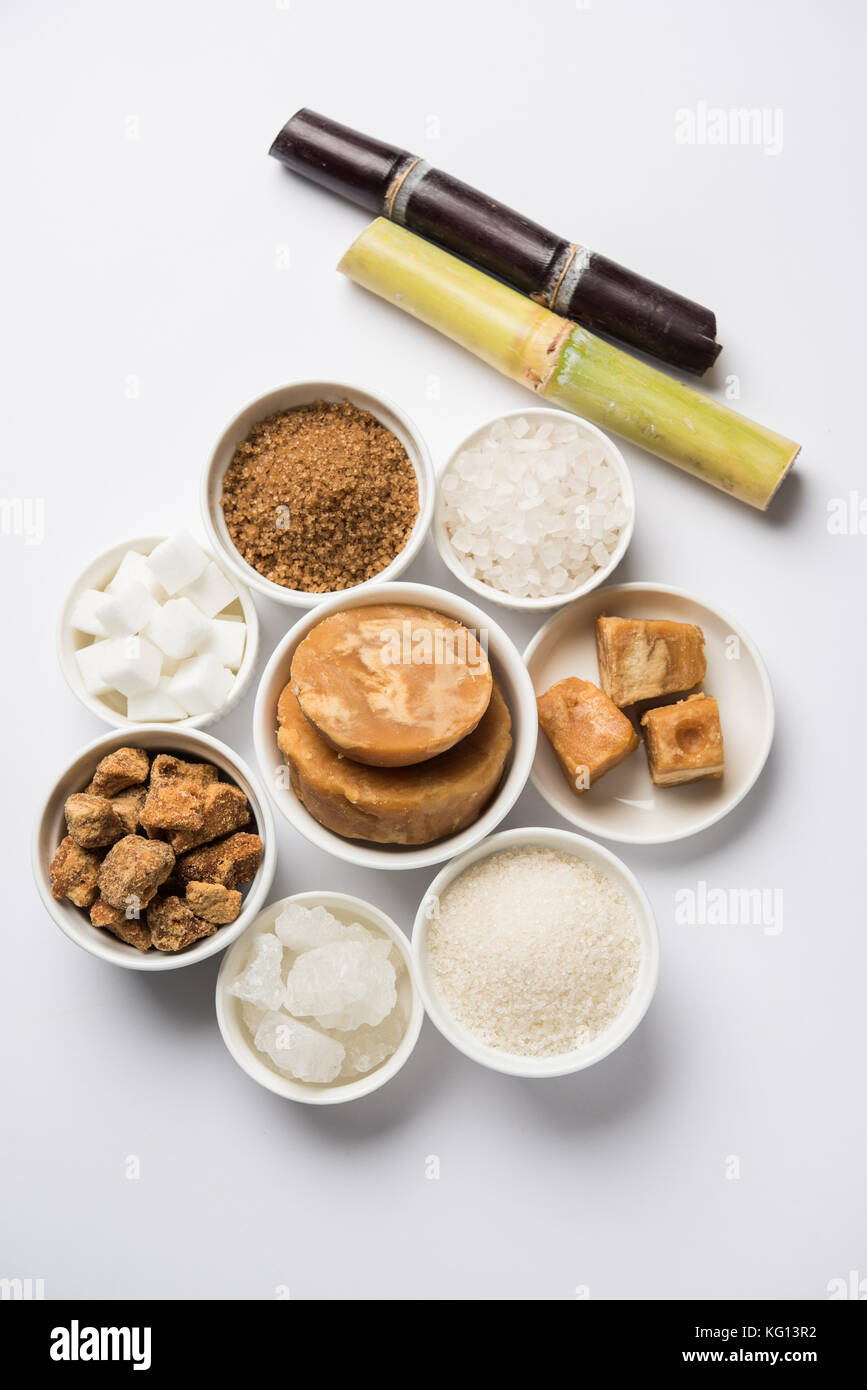Sugarcane Product in Traditional Healing: Health Benefits You Should Know
Sugarcane Product in Traditional Healing: Health Benefits You Should Know
Blog Article
The Trip of Sugarcane: From Harvest to Everyday Products
The journey of sugarcane is a diverse process that starts with precise cultivation and culminates in a variety of items that permeate our everyday lives. As we explore the numerous aspects of sugarcane's trip, its function in sustainability and the broader implications for our setting come right into sharper focus.
Farming of Sugarcane
The farming of sugarcane is a crucial farming procedure that needs details ecological problems and monitoring techniques. Optimum development occurs in exotic and subtropical areas where temperatures vary between 20 ° C and 32 ° C. Adequate rains or watering is necessary, as sugarcane grows in damp dirt with well-drained conditions (sugarcane product). Soil high quality significantly affects yield; therefore, farmers typically conduct dirt tests to determine nutrient requirements
Planting generally happens in rows, utilizing stem cuttings called setts, which are grown flat. This approach helps with effective harvesting and optimizes sunlight exposure. Crop turning and intercropping are advised practices to enhance dirt fertility and decrease insect invasions. Farmers employ incorporated pest administration techniques to reduce chemical inputs while ensuring healthy crop advancement.
Timely application of these fertilizers can considerably enhance sugar yields. On the whole, successful sugarcane cultivation pivots on a combination of environmental stewardship, strategic planning, and continuous monitoring practices.
Harvesting Techniques
Effective sugarcane farming finishes in the gathering stage, which is crucial for taking full advantage of yield and guaranteeing high quality. The timing of the harvest is essential; sugarcane is typically collected when sucrose degrees height, typically between 10 to 18 months after planting. This period varies based on climate, dirt type, and sugarcane variety.
Gathering strategies can be broadly classified into handbook and mechanical methods. Hand-operated harvesting is labor-intensive, depending on knowledgeable workers who utilize machetes to cut the stalks close to the ground. This technique permits for selective harvesting, where just the ripest canes are chosen, therefore enhancing total sugar material.
Conversely, mechanical harvesting has actually obtained popularity as a result of its effectiveness and cost-effectiveness. Specialized farmers geared up with cutting blades and conveyor systems can process big locations rapidly, dramatically minimizing labor prices. This technique might lead to the inclusion of premature canes and a possible reduction in sugar high quality.

Despite the technique employed, guaranteeing that harvested walking sticks are transferred swiftly to processing facilities is crucial. Trigger managing reduces perishing and maintains the stability of the sugarcane, establishing the stage for ideal processing.
Processing Approaches
Processing sugarcane includes numerous crucial steps that change the collected stalks into usable items, mostly sugar and molasses. The initial stage is cleaning the walking stick to remove dirt and particles, complied with by the removal of juice with crushing or milling. This process commonly uses heavy rollers that break the cane fibers to launch the sweet fluid consisted of within.
Once the juice is removed, it goes through clarification, where impurities such as dirt bits and bagasse are removed. This is typically attained by including lime and heating up the juice, enabling sedimentation. The made clear juice is then focused via dissipation, where water content is lowered, leading to a thick syrup.

Eventually, the processing of sugarcane not just creates sugar and molasses but likewise prepares for numerous derivatives, which will certainly be checked out in succeeding conversations.
Products Derived From Sugarcane
Sugarcane is a versatile crop that produces a broad variety of items beyond simply sugar and molasses. Among the primary spin-offs are ethanol and biofuels, which have gained importance as renewable energy resources. Ethanol, generated via the fermentation of sugarcane juice, functions as a different to nonrenewable fuel sources and is commonly blended with gasoline to develop cleaner-burning gas, reducing greenhouse gas exhausts.
Furthermore, sugarcane is a considerable source of bagasse, the fibrous deposit continuing to be after juice removal. Bagasse is utilized in numerous applications, consisting of the manufacturing of paper, eco-friendly packaging, and as a biomass gas for power generation. Its use anchor not just lowers waste but additionally boosts the sustainability of sugarcane processing.
Furthermore, sugarcane-derived items prolong to the food market, where it functions as a natural flavor agent and sugar in various culinary applications. In the realm More hints of cosmetics, sugarcane essences are included right into skincare products because of their natural exfoliating buildings.
Environmental Influence and Sustainability
The cultivation and processing of sugarcane have significant implications for ecological sustainability. This crop calls for significant water resources, often leading to deficiency of neighborhood water products and influencing surrounding ecological communities. Furthermore, the usage of fertilizers and pesticides in sugarcane farming can cause soil deterioration and waterway contamination, posturing dangers to biodiversity.

Lasting sugarcane farming additionally promotes soil health with crop turning and Continued minimized husbandry, enhancing carbon sequestration. The fostering of these practices not just supports environmental stability yet likewise improves the durability of farming communities against climate modification.
Final Thought
In recap, the journey of sugarcane encompasses various phases from growing to processing, inevitably leading to a vast variety of products. The relevance of sugarcane expands past plain sugar, adding to renewable energy through ethanol manufacturing, sustainable packaging via bagasse, and all-natural extracts for cosmetics. This multifaceted crop plays an essential role in both dietary enrichment and environmental sustainability, highlighting its significance in contemporary agricultural and commercial methods.
Effective sugarcane cultivation finishes in the gathering stage, which is critical for maximizing yield and making sure top quality. The timing of the harvest is crucial; sugarcane is typically collected when sucrose levels height, generally in between 10 to 18 months after growing.Processing sugarcane includes numerous essential steps that transform the harvested stalks right into useful products, mainly sugar and molasses.Sugarcane is a functional plant that produces a broad array of products past simply sugar and molasses. Furthermore, the usage of plant foods and pesticides in sugarcane farming can result in dirt degradation and river pollution, presenting dangers to biodiversity.
Report this page